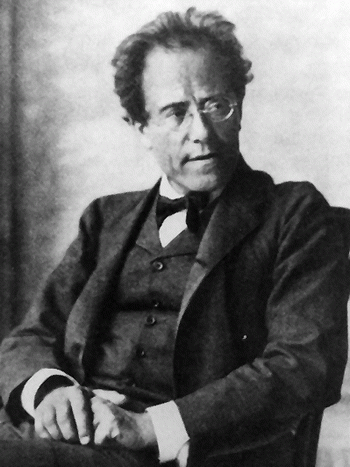You are here
Mahler's Monumental "Resurrection" Symphony
Gustav Mahler was born at Kalischt near the Moravian border of Bohemia on July 7, 1860, and died in Vienna on May 18, 1911. Mahler originally wrote the first movement of his Symphony No. 2 in 1888 as a “symphonic poem” entitled Todtenfeier (“Funeral Rites”). He wavered for five years about whether to make Todtenfeier the beginning of a symphony, and it was not until the summer of 1893 that he composed the second and third movements. The finale and a revision of the first movement followed in the spring and summer of 1894. Later that year, he inserted as the fourth movement the song “Urlicht” (“Primal Light”), probably composed in 1892 and orchestrated in 1893. The fair copy of the complete score of the symphony is dated December 28, 1894. Mahler revised the scoring again in 1903 and was still tinkering with the score as late as 1909.
Mahler wrote a several versions of a narrative program for the work, which he shared with friends. Ultimately, he withdrew all versions of the narratives. But in the program book at the premiere in 1901, the first movement represents a funeral and asks questions like: “Is there life after death?” The second movement is a memory of happier times. The third movement shows a view of life as meaningless. The fourth movement is a wish for a release from this meaningless life, and the fifth ends with a fervent hope for everlasting renewal.

Gustav Mahler